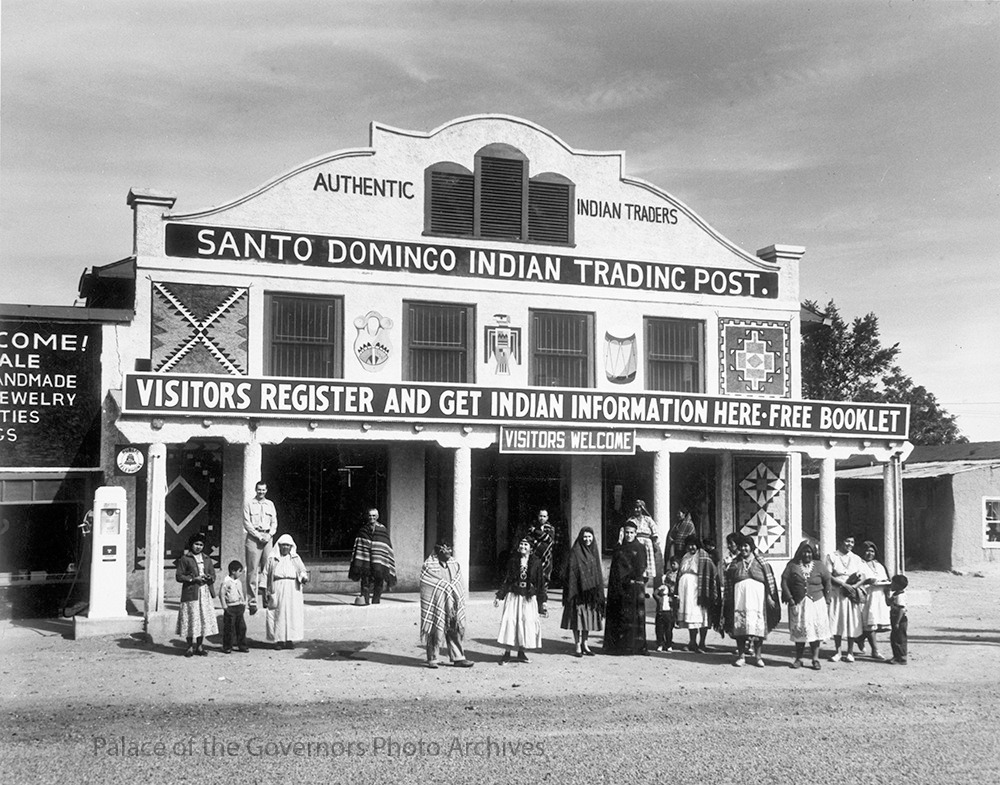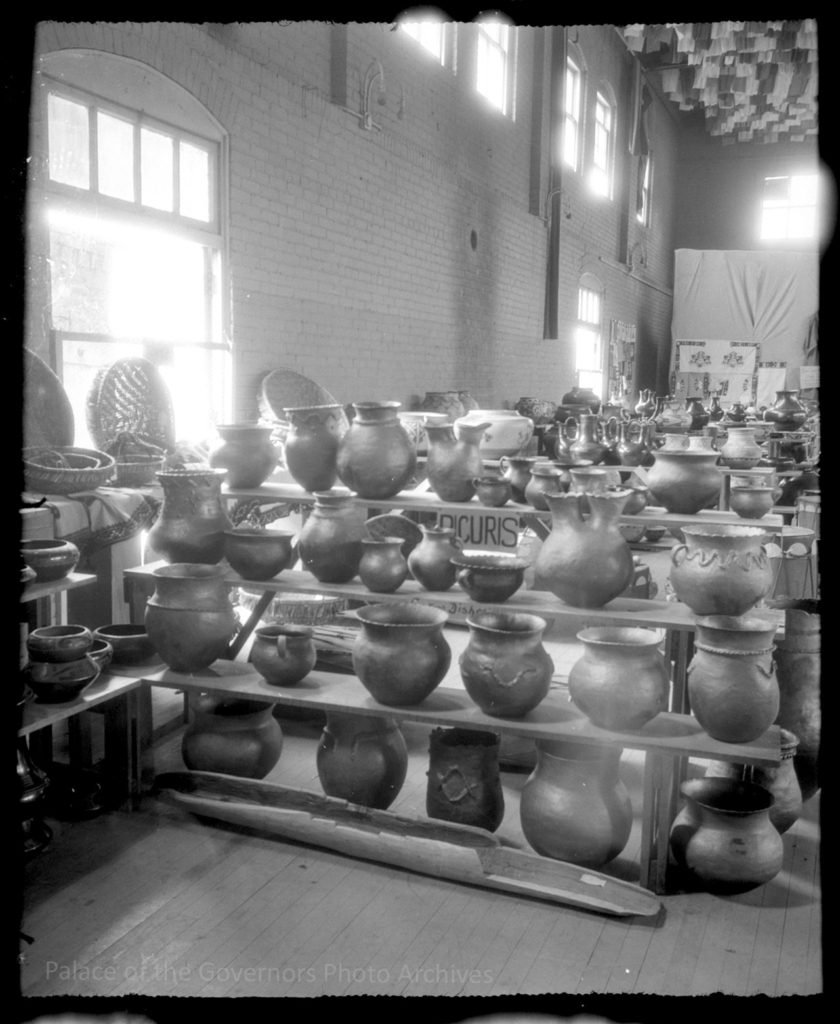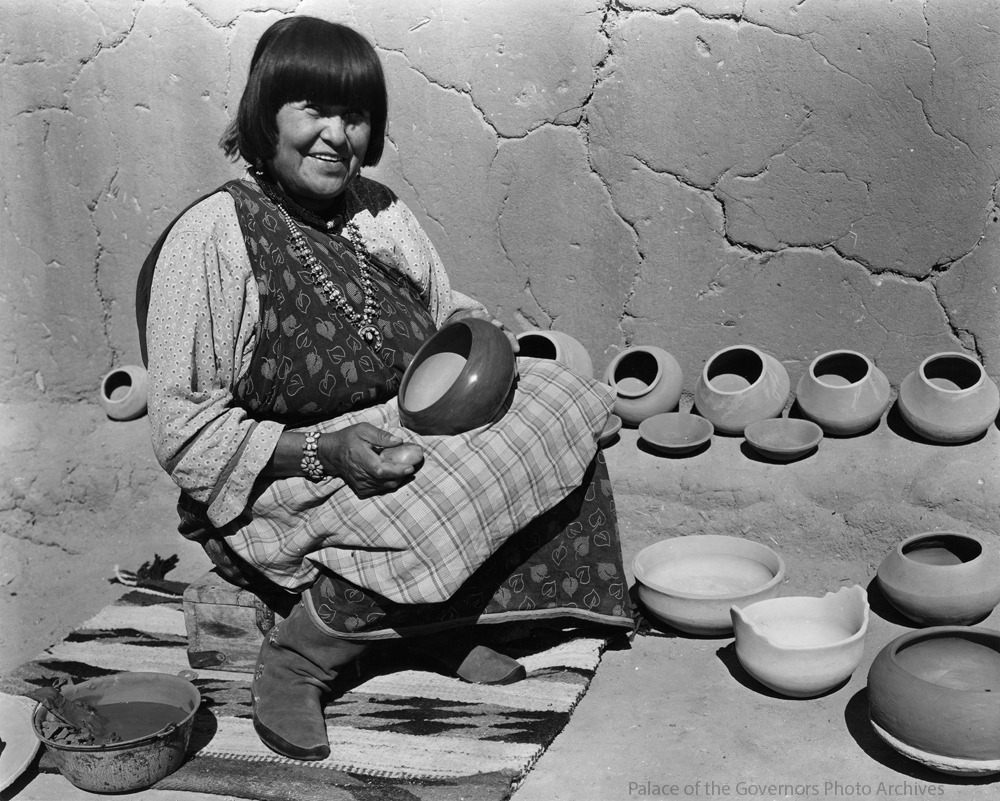In this talk, Rick Hendricks, ….and former New Mexico State Historian discusses the way in which Pueblo Indians have fought to preserve tribal sovereignty as it related to issues of land and water from the Spanish Colonial Period to the present day.
Case studies of five pueblos will be examined, four in New Mexico and one in Texas: Pojoaque, Nambe, Tesuque, Isleta, and Ysleta del Sur.
Rick Hendricks, is the New Mexico state records administrator. He is a former state historian and editor of the Vargas Project at the University of New Mexico. He has written extensively on the history of the American Southwest and Mexico. His most recent book, Pueblo Indian Sovereignty: Land and Water in New Mexico and Texas, was coauthored with Malcolm Ebright and published by the University of Oklahoma Press in 2019.
Friends of History is a volunteer support group for the New Mexico History Museum in Santa Fe, New Mexico. Its mission is to raise funds and public awareness for the Museum’s exhibitions and programs. Friends of History fulfills its mission by offering high quality public history programs, including the First Wednesday Lecture Series. For more information, or to join the Friends of History, go to friendsofhistorynm.org.
Visit the history museum at nmhistorymuseum.org



